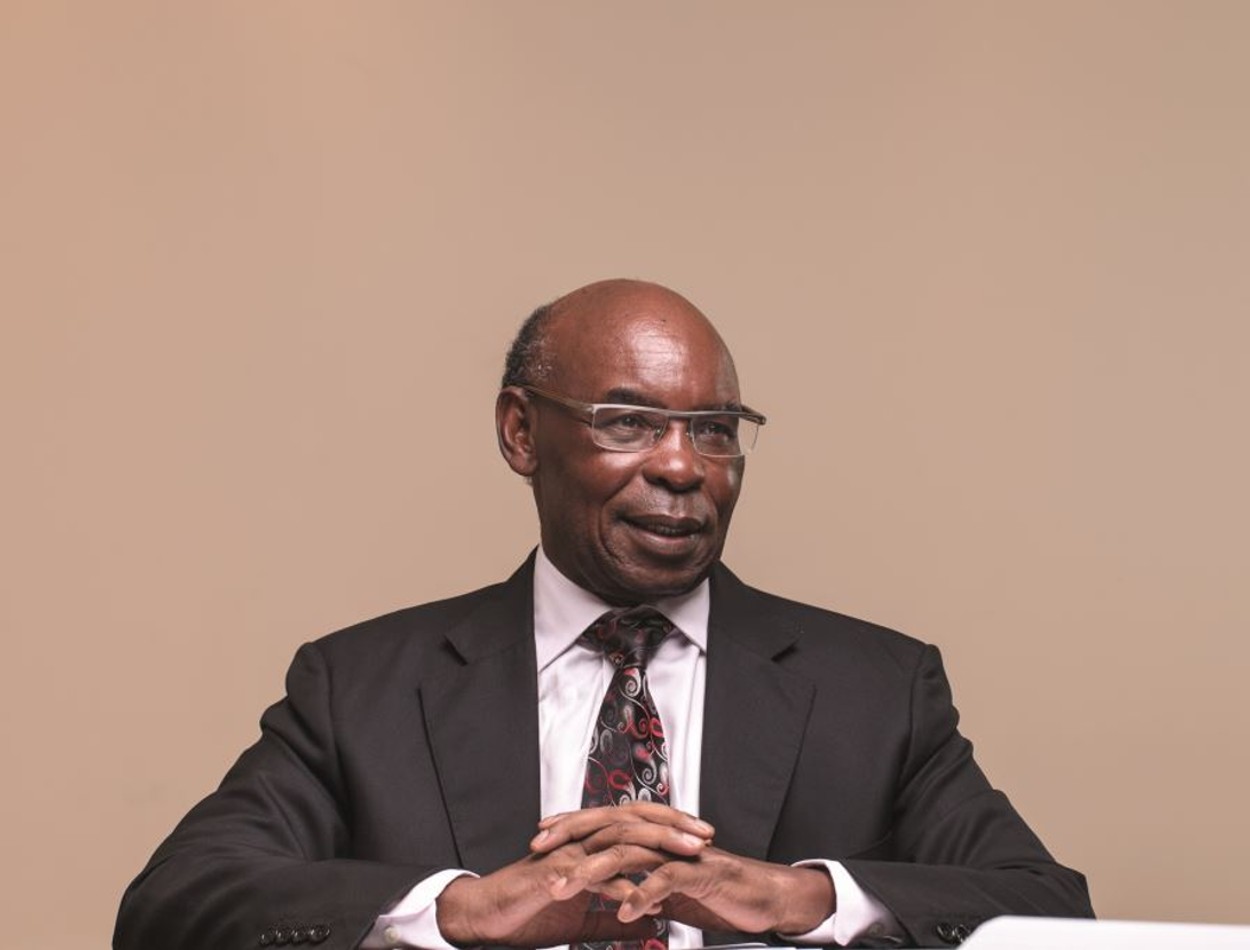One of Africa’s major hindrances to business and tourism is the prohibitive cost of commercial flights.
Intra-Africa trade is highly restricted due to the high cost of moving people and goods around the continent.
With a population of 1.2 billion people (about 18% of the world’s population), Africa only accounts for 2% of global air travel because of expensive airfares.
For instance;
- Flight from Entebbe (Uganda) to Mombasa (Kenya) costs about US$ 420. The distance between the two cities is about 900km by air. Flights from Paris (France) to Berlin (Germany), which has a nearly similar air distance cost just about US$ 70.
- Flight from Entebbe (Uganda) to Arusha (Tanzania) costs about US$ 600 – 1,300. The distance between the two cities is about 600km by air. On the contrary, flights from Washington to Dallas in the US cost about US$120 – 300, even though they are 1,898km apart in air distance.
- While a Kenya Airways direct flight from Nairobi (Kenya) to New York (USA) costs between US$ 770-1250, direct flights from Nairobi (Kenya) to Johannesburg (South Africa) with the same airline cost almost similar at US$ 700 – 800.
- Similarly, a passenger flying from Lagos (Nigeria) to Kigali (Rwanda) would pay the same airfare as someone flying from Lagos (Nigeria) to London (UK), Istanbul (Turkey), or Beirut (Lebanon).
Costs aside, flights that would generally take 2 to 3 hours in Europe and the US take 20 to 36 hours in Africa because the few airlines operating in the continent have to make stops in other destinations, especially in their base country.
An Ethiopian Airlines flight from Nairobi to Lusaka will have to first take you further away to Addis Ababa for hours in layover time before proceeding to Lusaka.
As a continent with great potential, this complex and expensive air service only works towards slowing down Africa’s growth.
The fact that Africa still has poor road and railway networks further upsurges the cost of doing business since there are many instances where air transport, expensive as it is, remains the only practical means of moving cargo.
What makes flights in Africa so costly?
- Lack of an open sky policy
Africa has no open-sky policy. Airlines therefore have to rely on country-to-country bilateral agreements.
These bilateral air services agreements often exhibit complex terms that are dependent on the relationships of the countries’ political leadership at the time of negotiations.
The result is often taxes, fees and charges that vary for passengers from one country or region to the next and are generally expensive in comparison to those charged outside the continent.
- Taxes & Fees
These taxes vary from one country to the next and in comparison, tend to be double or triple those charged in Europe, Asia, and the US. Non-regional flights attract more taxes on passenger tickets than regional flights.
Passenger taxes and fees can be as high as US$ 160 as is the case in Niamey (Niger) with Western and Central Africa being the most expensive regions, averaging US$ 100 in passenger charges while North African regions charging the lowest fees, averaging US$ 30.


- Airport Charges
Airlines have to contend with numerous charges associated with airport operations.
These charges include; landing fees, noise pollution, parking fees, common user terminal equipment (CUTE) charges, jetway charges, lighting, firefighting, and passenger bus charges.
Ranging from airport to airport, charges can be as low as US$ 150 in an airport like Algiers (Algeria) to as high as US$ 2,000 in an airport like Mogadishu (Somalia)
To meet these charges, airlines are forced to pass down these costs to passenger tickets before factoring in their revenue.
- Poor Airport Infrastructure
African countries also suffer inadequate ground infrastructure making the existing airlines costly to run which further hinders aviation connectivity inside the continent.
There are several countries whose best airports cannot accommodate the landing of wide-bodied aircrafts that require stipulated minimum runways.
African countries need to invest more in upgrading and modernizing their infrastructure, especially towards airside capacity, and cargo handling capacities like cargo terminals or freeport areas.
Seeking solutions
In 2015, the African Union adopted the 1999 Yamoussoukro Declaration for a Single African Air Transport Market (SAATM) aimed at creating a single unified air transport market in Africa as part of the continent’s economic integration efforts.
When fully implemented, the Single African Air Transport Market (SAATM) will liberalize intra-African air transport services in terms of market access, provide free exercise of traffic rights for scheduled and freight air services by eligible airlines, and remove restrictions on ownership.
The SAATM will also provide eligibility criteria for African community carriers, safety, and security standards, outline mechanisms for fair competition, dispute settlement, and consumer protection as well as provide for the full liberalization of frequencies, tariffs, and capacity.
So far, 37 of the 55 AU member states have signed the SAATM.
Implementing SAATM along with eliminating the restrictive intra-Africa visa regulations will be a definite strategy to accelerate trade in tourism within the continent.
While countries may be hesitant that SAATM will reduce their taxes and charges, revenues that would be generated from increased passenger numbers as a result of affordable airfares are likely to dwarf their current collections, as witnessed with Morocco’s liberalization of her dealings with European Airlines.
Other benefits Africa is currently missing out on include; accelerated trade that would directly increase each country’s GDP and the millions of jobs that budget airlines in a liberated air transport system would generate.
Even if the SAATM were implemented it would take collaboration among African major economies to build successful airlines that can serve the continent’s imminent increase in demand.
Except for Ethiopian Airlines, most African countries are struggling with fragmented national carriers (airlines flying the countries’ flags) that often operate at huge losses year after year partly due to mismanagement and political interference.
These airlines can learn a thing or two from Africa’s biggest airline, Ethiopian Airlines. Although state-owned, it is independently run as a commercial airline, free from government interference.
Employing about 18,000 employees, the airline has made Addis Ababa a regional hub and its US$ 5-6 billion annual revenue drives significant foreign currency into the Ethiopian economy.






